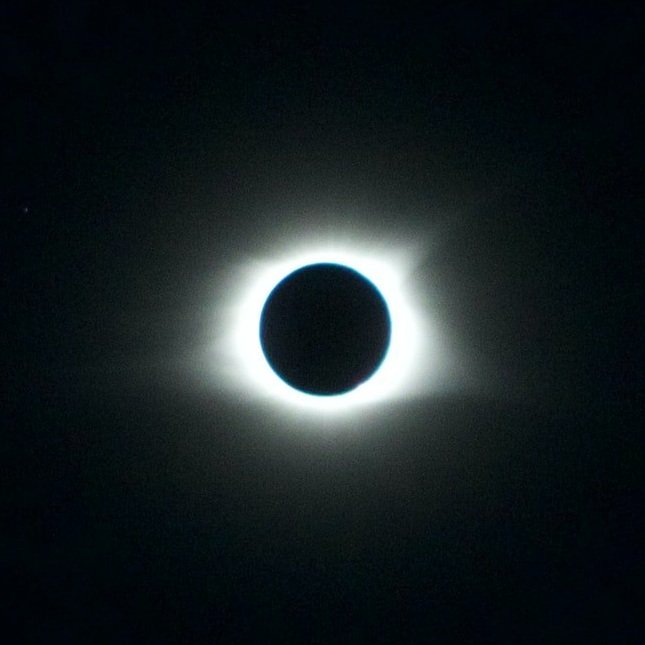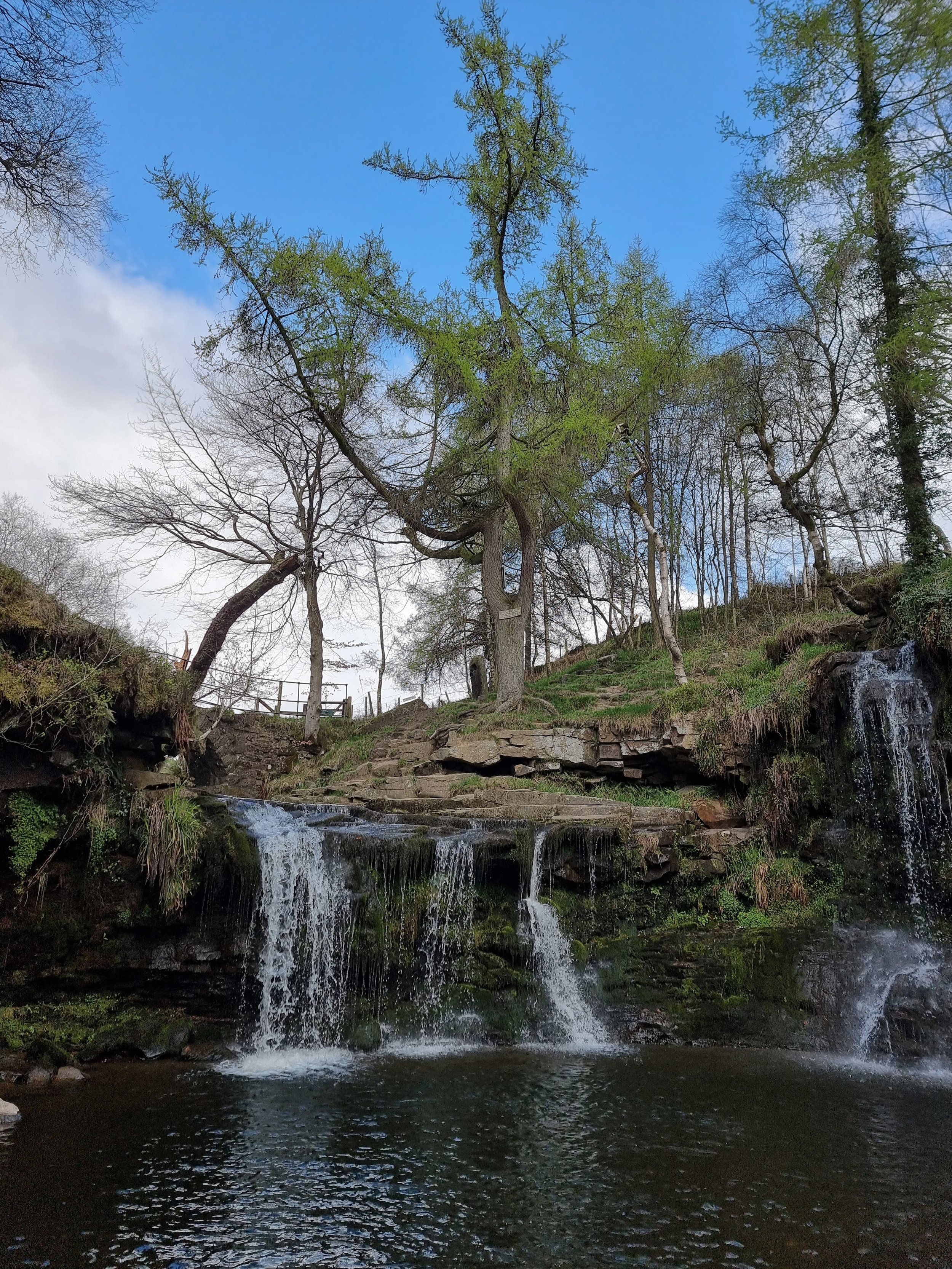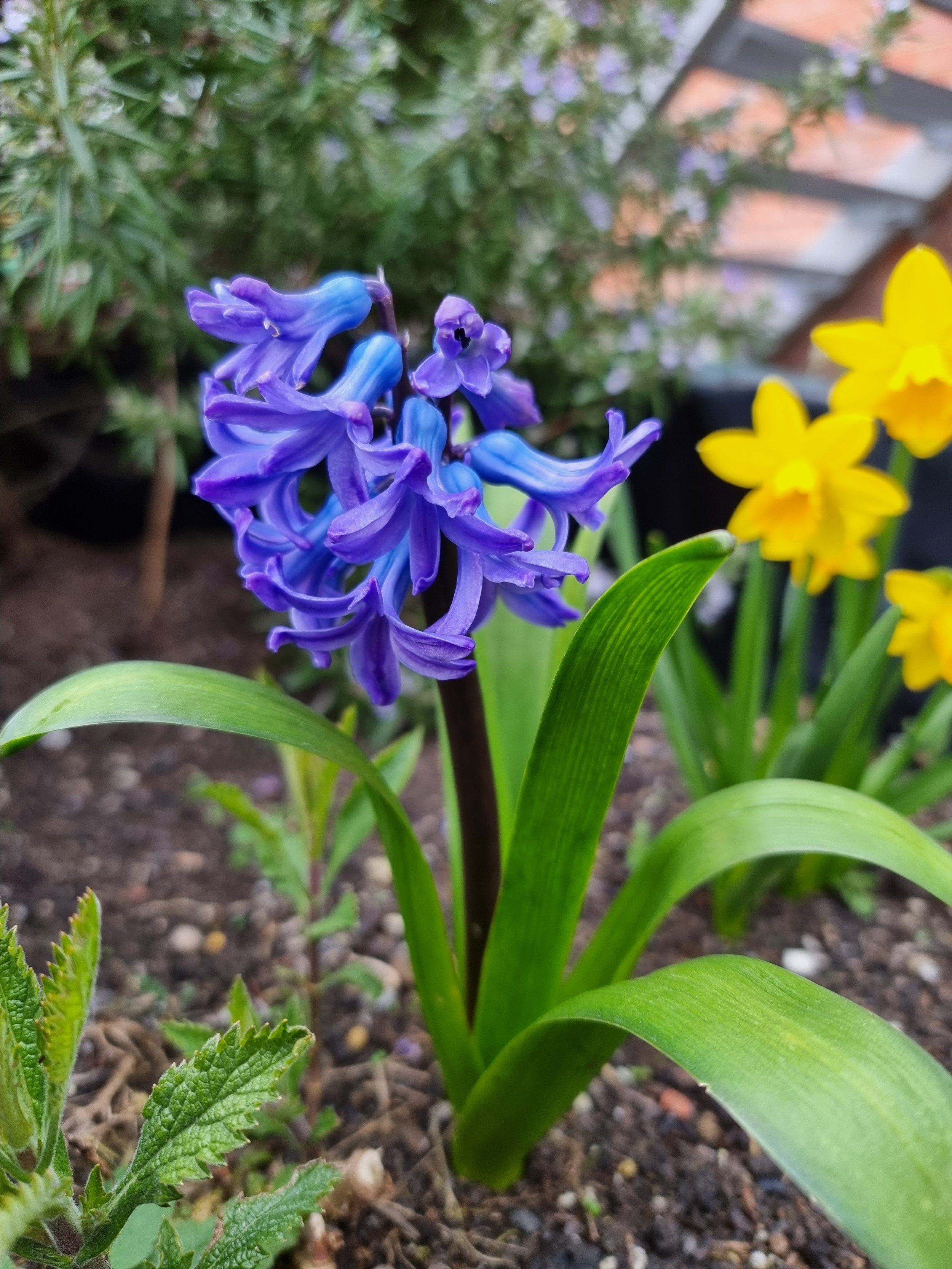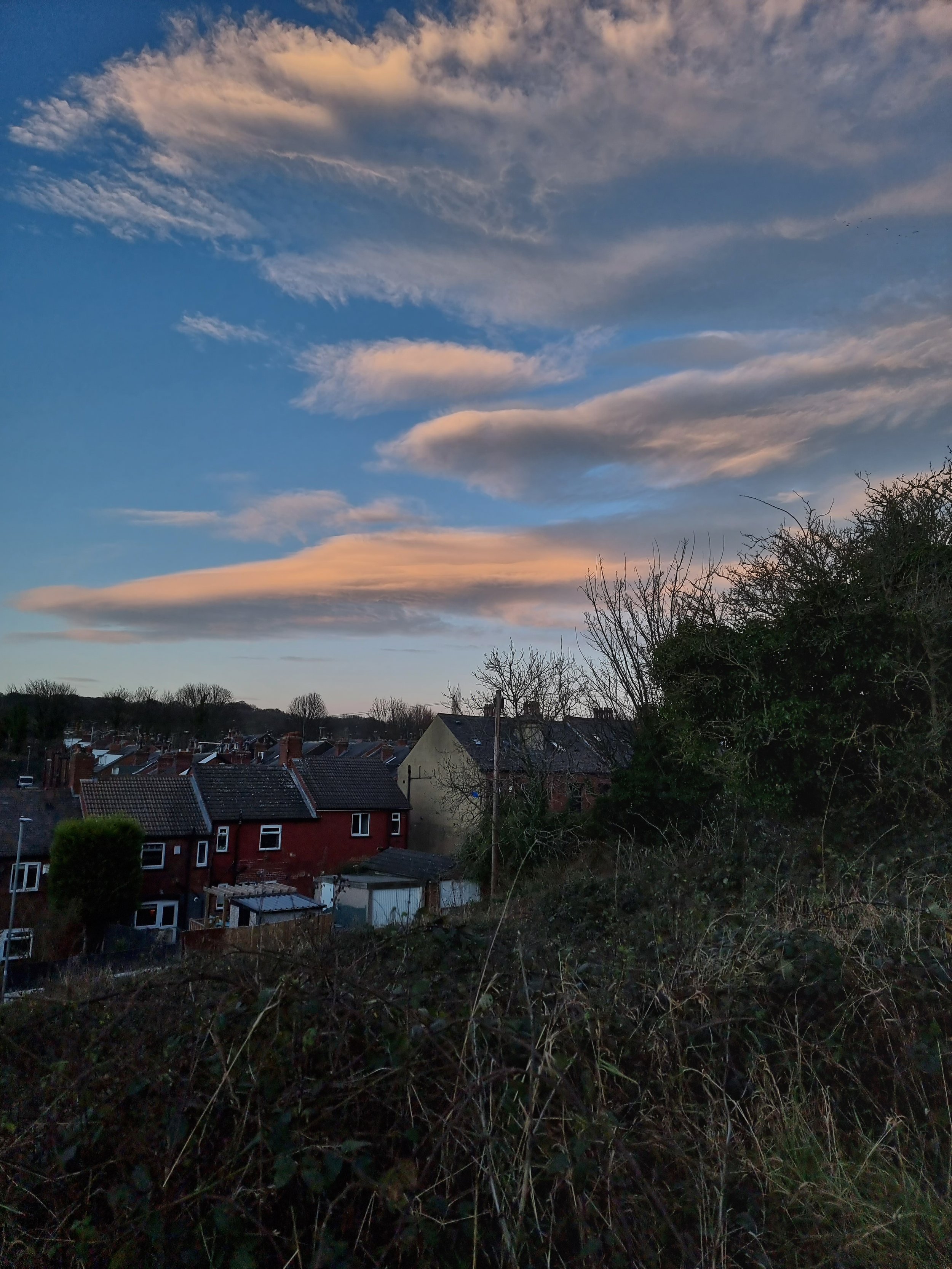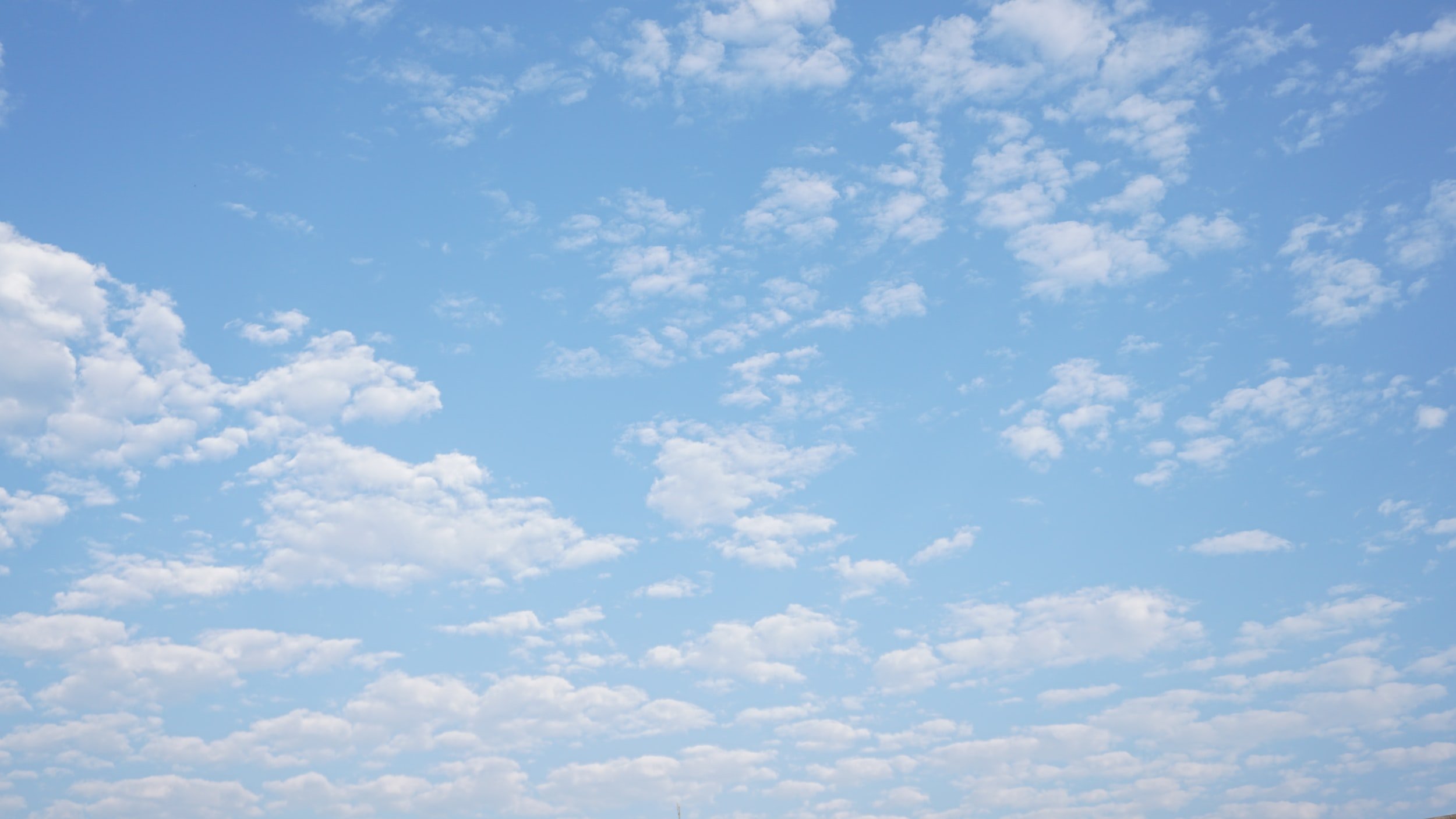
May 2022 Newsletter
Published May 1st at 10:00am PST

WOW! Two years have come and gone since our relaunch in May 2020. Thank you for Exploring, Learning, and Achieving with us, and here’s to many more years to come. This is still just the beginning!
Earthians Care is made possible completely through volunteered time by youth many of whom are both in school and working at least one job. They do this without expecting anything in return. To thank them, we would like to offer scholarships for their fall semester that can go towards courses, school supplies, or education/career support. We ask that you please help us by donating to our Earthians Care Scholarship Fund either through our GoFundMe or on Venmo @Earthians-Care.
Our goal is to raise $1,000 by September 1, 2022. Earthians Care volunteers (excluding Administrative Team) are eligible to receive a scholarship. Funds raised after $1,000 will roll over to our next scholarship cycle in Spring 2023. All funds gifted will go directly to scholarships.
Earthians Care is a not-for-profit organization. We are NOT a registered 501c3; your financial gift will not be eligible for tax deductions.

Table of Contents
2 Year Relaunch Anniversary
May Astrological Events
Hummingbirds
Earth is Beautiful: Photo Gallery
Nuclear Power: A blessing or a curse?
Plants & Pollinators
Energy Hour
MAY ASTRONOMICAL EVENTS
ASTRO BOY
May 6, 7: Eta Aquarids Meteor Shower
May 16: Total Lunar Eclipse; Full Moon (Flower Moon, Corn Planting Moon, Milk Moon)
May 30: New Moon
TOTAL LUNAR ECLIPSE
From SeaSky.org
“A total lunar eclipse occurs when the Moon passes completely through the Earth's dark shadow, or umbra. During this type of eclipse, the Moon will gradually get darker and then take on a rusty or blood red color. The eclipse will be visible throughout all of North America, Greenland, the Atlantic Ocean, and parts of western Europe and western Africa.”
HUMMINGBIRDS
CRITTER CORNER
December Archives
By Preston Brunk
The hummingbird, or the Trochilidae - native to the Americas varying in a wide range of sizes and shapes, and having roughly 300 species - is known to be some of the smallest birds in the world. These native birds weigh anywhere from 1.95 grams (being the smallest bird in the world) to 24 grams (still one of the smaller birds throughout the world). Hummingbirds also have one of the highest heart beats per minute in the world being around 1,200 bpm while they're flying and 250 bpm when they are at rest.₁
These small birds are solitary avian species. They spend most of their time searching for nectar from flowers which happens to be mostly during the day, however these small birds have been known to eat at night given sufficient lighting. Slurping nectar out of nearly 1000 flowers per day, hummingbirds consume twice their body weight in one day.₂ Consuming primarily nectar, hummingbirds also consume small bugs that, in combination with nectar, give them their energy. Hummingbirds' vision is very adapted to the point where they can focus specifically on warmer colors like yellow and red colors and are mute to cooler colors like blue and green.₁ This is due to the cones in their retina concentrating on those colors. This is beneficial because nectar abundant flower species tend to be a warmer color.
These little birds are also very solitary migratory birds which migrate anywhere around 500 miles by themselves! While migrating large distances they also meet a new mate every season to start the reproduction process. The hummingbird's reproduction cycle varies throughout the Americas and the climate that they travel to. It has been documented that some hummingbirds begin nesting as early as November and as late as June! They lay one to two eggs per gestation period commonly a day apart and then incubate the egg for 15 -18 days. All while in a nest that is only 1.5” in diameter and usually stuck to a branch or rock and camouflaged with lichen which grows on many branches and rocks! For comparison, this is roughly the size of a ping pong ball but just a tad bigger. Many of these nests are constructed out of branches, twigs, and grasses and bound together with spider silk which is like nature's glue for the hummingbirds.₃
Hummingbirds are definitely a unique species. Unlike other bird species, they don't travel in flocks, mate with the same partner every season, or walk and hop using their legs. Another difference is hummingbirds have the least amount of feathers of them all. Most bird species have 1,500-25,000 feathers that help keep them insulated in cooler climates, not the hummingbird. Hummingbirds have less than 1,000 which now it might be more clear why they would migrate hundreds of miles in one flight and also live a solitary lifestyle. Without having thousands of feathers for insulation, these hummingbirds are forced to migrate when cooler temperatures are present.₁
Works Cited:
“Hummingbird Facts and More about the Smallest ... - Youtube.” Facts.Net. Facts.Net, September 10, 2020. https://www.youtube.com/watch?v=dVykWl3wDjI.
“Fun Facts about Hummingbirds.” Small Animal, Pet Bird, and Wild Bird Supplies: Pet Supplies | Kaytee Products. Kaytee Products, Inc. Accessed December 1, 2021. https://www.kaytee.com/learn-care/wild-bird/hummingbird-facts.
Sánchez Vázquez, Erica J. “From Tiny Egg to Fledgling: Amazing Facts about How Hummingbirds Grow.” American Bird Conservancy. American Bird Conservancy, March 22, 2021. https://abcbirds.org/blog21/amazing-facts-hummingbird-chicks/.
EARTH IS BEAUTIFUL
MR. GREEN
By Sam Townson
These were all taken on a Samsung Galaxy S21 Ultra with some very basic edits. They were all taken in the UK when spending time either out on walks in urban areas and spotting the beauty around me or on walks out in nature.
Some of these are curated to be beautiful by man, such as Kyoto Garden in London, whilst others are simply the natural world at work. However, all have their place in sharing that the natural world is something we should never seek to destroy but instead should preserve or enhance its beauty.
Fraisthorpe Beach, Yorkshire, UK
My Street - Leeds, UK
Lumb Hole Falls, Yorkshire, UK
Fraisthorpe Beach, Yorkshire, UK
Leeds Town Hall - Leeds, UK
Hardcastle Craggs, Yorkshire, UK
The Work Yarden - Leeds, UK
My Bedroom Window - Leeds, UK
Lumb Hole Falls, Yorkshire, UK
Rame Head, Cornwall, UK
Rame Head, Cornwall, UK
The Kyoto Garden - London, UK
The Major Oak - Sherwood Forest, Nottinghamshire, UK
The University of Leeds, UK
The Walk to the Shops - Leeds, UK
The Walk to Work - Leeds, UK
NUCLEAR POWER: A Blessing or a Curse?
ENERGY GIRL
By Abrar Hasanat
Ever since the first nuclear power plant opened on June 27, 1954, in Obninsk, in the Soviet Union₁, the world has been highly divided on the nuclear power debate. While nuclear energy provides a greener alternative to fossil fuels, it is also linked to some of the world's most hazardous and lethal weapons, not to mention nuclear disasters. The extraordinarily high expense and prolonged process of building nuclear reactors are outweighed by the fact that nuclear energy is far less harmful than fossil resources. Should countries continue to rely on nuclear energy in the race to net-zero carbon emissions, or should they create room for more fossil fuels and renewable energy sources? Today, we have a detailed discussion on this question.
First of all, what is nuclear energy? Nuclear energy is the source of energy found in an atom's nucleus or core. Once extracted, this energy can be used to generate electricity in a reactor by causing nuclear fission via two types of atomic reactions: nuclear fusion and nuclear fission. We won’t get into the technicalities too much on how the entire process works, check the details here if you want to know more!₂
Now coming to the main topic, for centuries, fossil fuels such as coal, natural gas, and petroleum enabled the industrialization of economies all over the world, and only recently have governments opened up to alternate sources after the mass awareness regarding global warming. Early commercial nuclear power stations began operations in the 1950s, providing many countries across the world with an alternative to oil and gas import dependency and a significantly less polluting energy source than fossil fuels.
However, what really pushed the nuclear energy concept was the 1970s energy crisis. The Western world, mainly the United States, Canada, Western Europe, Australia, and New Zealand, experienced significant petroleum shortages and price increases during the 1970s energy crisis. The two worst crises of this time period were the 1973 oil crisis and the 1979 energy crisis, when the Yom Kippur War and the Iranian Revolution, respectively, disrupted Middle Eastern oil exports.₃ This crisis sparked up the oil prices so high that more and more countries decided to embark on enriching their nuclear power programs. In fact, most nuclear power plants were built between 1970 to 1990₄ as a direct reply to the energy crisis. Nuclear energy now accounts for around 10% of worldwide energy consumption, with 220 nuclear units in over 50 nations currently functioning and approximately 55 additional reactors under development. In 2020, 13 nations produced at least one-quarter of their total electricity from nuclear sources, with the United States, China, and France clearly dominating the market.₅
But judging by how fast nuclear energy had started to grow in the 1970s, only 10% seems rather underwhelming. So what happened that stopped the rapid growth of nuclear power plants? We’ll come to the question a bit later, just after we know a little about the basic advantages and disadvantages of nuclear power.
Advantages of nuclear power:
Clean energy: Nuclear power is the most abundant source of clean energy in the United States. It accounts for more than half of emissions-free energy. This equates to offsetting the CO2 production of 100 million automobiles.₆
High power output: Nuclear power plants produce a lot more electricity relative to other sources of energy (particularly renewables), therefore they're a fantastic source of baseload power.₇
Reliable energy source: Nuclear power plants operate at maximum power output more frequently (93 percent of the time) than any other energy source, and this round-the-clock stability makes nuclear energy a perfect source of reliable baseload electricity for the grid.₈
Disadvantages of nuclear power:
Uranium is non-renewable: Whilst nuclear energy is a "clean" form of energy, it is not entirely renewable. Current nuclear technology relies on uranium ore for fueling, which is found in really finite amounts in the earth's crust and is diminishing as humans utilize it.₉
High costs: Maintaining a nuclear power plant is very inexpensive, but building one in the first place is extremely expensive. Nuclear reactors are complex technology that demand several standards of safety to be installed surrounding them, increasing the overall cost of new nuclear facilities.₁₀
Nuclear wastes: Nuclear waste is radioactive, posing a threat to the environment and public health. This is why nations invest large sums of money to securely handle and dispose of discarded nuclear material.₁₁
Meltdowns can be catastrophic: A nuclear meltdown occurs when the amount of heat produced by a nuclear reactor exceeds the amount of heat carried out by the cooling systems, causing the system to melt. Hot radioactive vapors can escape in this case, causing nuclear reactors to totally melt and burn while also spewing deadly radioactive pollutants into the environment. This is a worst-case scenario that is extremely improbable, and nuclear power plants are equipped with a variety of safety mechanisms to prevent meltdowns.₁₂
So yeah, nuclear energy isn’t without its obvious drawbacks. There is no denying that nuclear power involves issues that can lead to human deaths, but such dangers are shared by all major energy production methods.₈ As a result, the question should not be, "Is nuclear energy dangerous?" Instead, we should ask, "Is nuclear energy riskier than other forms of energy?"
Figure. Death rates of electricity generation technologies. x: European Union estimates by the ExternE project. O: Paul Scherrer Institute.
The short answer is no, nuclear energy isn’t riskier than other forms of energy. Fossil fuels have plenty of issues of their own. Toxic pollutants such as ozone, toxic organic particulates, particulate matter, and heavy metals are produced as a result of the combustion of fossil fuels.₉ Furthermore, under typical operating conditions, the radioactive waste problem connected with burning coals actually outnumbers that of nuclear energy.₁₀ In fact, on a per kilowatt/hour of energy-produced basis, nuclear power is the least deadly major energy source in use.₁₁
Now, another question arises. If nuclear power is actually safe, then why are people so afraid of it?₁₂ Many people feel it's because nuclear power facilities have a long history of being associated with nuclear weapons and the use of such forces is a sensitive topic for many. The nuclear accidents at Three Mile Island, Chernobyl, and Fukushima left people untrusting of nuclear energy plants and wary of possible consequences. Nonetheless, the disasters demonstrated nuclear energy's relative safety, rather than its relative hazard. Nobody was killed as a result of radiation at Three Mile Island or Fukushima, and less than 50 people died as a result of the Chernobyl disaster in the 30 years since the accident.₁₃
So, why are these disasters seen as huge catastrophes? The answer is due to how governments reacted to them. Governments panicked and evacuated hundreds of thousands of people instead of encouraging the population to be calm and carry on. There seems to have always been a group actively campaigning against nuclear power, making over-the-top claims about the hazards the source possesses in an attempt to create public opinions against it. Furthermore, the governments of the countries already using nuclear power are also reluctant to increase its production or usage due to numerous reasons.
SO FINALLY, who wins the nuclear debate? There are numerous benefits and drawbacks to nuclear energy, and the discussion over whether to preserve this technology or find other options is certain to continue in the coming years. Nuclear power has the potential to be a tremendously devastating weapon, yet the dangers of a nuclear disaster in a nuclear power plant are rather modest. While historic nuclear disasters may be numbered on one hand, they are memorable for the devastation and the life-threatening repercussions they triggered. However, it is vital to remember that fossil fuels such as coal and oil pose a considerably greater threat and murder millions of people silently every year around the world.₁₄
Another important factor to consider, and one that is now being debated by world leaders, is the reliance of some of the world's major economies on countries such as Russia, Saudi Arabia, and Iran for fossil fuels.₁₅ This reliance allows the countries to have a leverage or bargaining chip regarding one of the most important things in modern life, energy. This is further proven in the ongoing Russia-Ukraine conflict. Nuclear enthusiasts say that depending on nuclear energy will reduce reliance on third-party countries. However, raw materials such as uranium, which is required to power facilities, would still need to be supplied from nations such as Canada, Kazakhstan, and Australia.₁₆ Thus, the debate switches to another issue: which nations should we depend on for imports, and, more crucially, is it worthwhile to maintain these dependencies? That’s something to be discussed another day!
Works Cited:
https://www.wired.com/2012/06/june-27-1954-worlds-first-nuclear-power-plant-opens/
https://www.endesa.com/en/blogs/endesa-s-blog/futur/nuclear-power
https://www.history.com/topics/1970s/energy-crisis
https://www.eia.gov/todayinenergy/detail.php?id=30972
https://world-nuclear.org/information-library/current-and-future-generation/nuclear-power-in-the-world-today.aspx#:~:text=Nuclear%20energy%20now%20provides%20about,in%20about%20220%20research%20reactors.
https://www.energy.gov/ne/articles/3-reasons-why-nuclear-clean-and-sustainable#:~:text=Nuclear%20is%20a%20zero%2Demission,byproducts%20emitted%20by%20fossil%20fuels.
https://www.energy.gov/ne/articles/infographic-how-much-power-does-nuclear-reactor-produce
https://www.energy.gov/ne/articles/nuclear-power-most-reliable-energy-source-and-its-not-even-close#:~:text=Nuclear%20Has%20The%20Highest%20Capacity%20Factor&text=This%20basically%20means%20nuclear%20power,than%20wind%20and%20solar%20plants
https://www.nationalgeographic.org/encyclopedia/non-renewable-energy/
http://www.phyast.pitt.edu/~blc/book/chapter9.html
https://www.epa.gov/radtown/radioactive-waste#:~:text=Activities%20that%20produce%20or%20use,human%20health%20and%20the%20environment.
https://www.scientificamerican.com/article/nuclear-energy-primer/
https://world-nuclear.org/nuclear-essentials/what-are-the-effects-of-nuclear-accidents.aspx#:~:text=In%20the%20history%20of%20civil,which%20resulted%20in%20no%20casualties.
https://www.theguardian.com/environment/2021/feb/09/fossil-fuels-pollution-deaths-research
https://www.aljazeera.com/news/2022/3/17/infographic-how-much-of-your-countrys-gas-comes-from-russia-interactive
https://www.statista.com/statistics/1143422/leading-uranium-exporting-countries-based-on-value-worldwide/#:~:text=As%20of%202020%2C%20the%20country,used%20to%20produce%20nuclear%20energy.
PLANTS & POLLINATORS
FLORA FERN
(VIDEO)
TED: “Pollination: it's vital to life on Earth, but largely unseen by the human eye. Filmmaker Louie Schwartzberg shows us the intricate world of pollen and pollinators with gorgeous high-speed images from his film "Wings of Life," inspired by the vanishing of one of nature's primary pollinators, the honeybee.”
How Pollination Works
This video focuses on probably the most famous pollinator: Bees.
Did you know how picky bees can be about flowers? We didn’t!
ENERGY GIRL
ENERGY HOUR
Tuesdays from 7pm-8pm
Turn off all energy-using lights, appliances, and heating/cooling systems!
If you're wondering what to do without TV or a laptop charger here's some ideas!
-Color, Arts and Crafts
-Puzzles: jigsaw, crosswords
-Board Games
-Clean
-Talk to your housemates!
Editor’s Note: Earthians Care is a dual education platform. While our writers are here to spread information to readers, they are themselves learning about these topics. Our writers are not professionals in the field, nor are they professional writers and researchers. While we all do our best to relay accurate information, we encourage you to explore topics on your own as well. The sources given in the newsletter are a great place to start! If you are aware of any inaccurate information presented in our newsletter, please notify us at earthianscare@gmail.com Subject: Correction.


